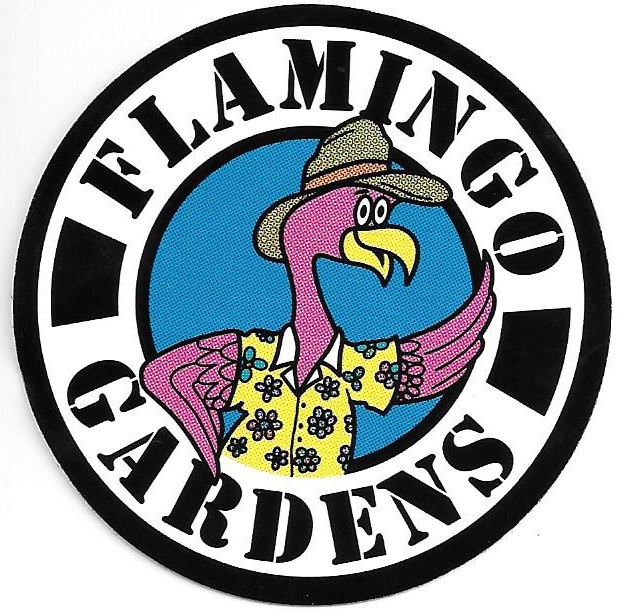Yellow Bells Esperanza
- **Type**: Evergreen shrub or small tree (in warm climates); deciduous in cooler zones
- **Height**: 6 to 12 feet (1.8 to 3.7 meters) as a shrub; up to 20 feet (6 meters) if trained as a tree
- **Width**: 6 to 10 feet (1.8 to 3 meters)
- **Growth Habit**: Upright, multi-stemmed, spreading; can be pruned to a bush or trained as a tree
- **Foliage**:
- Bright green, pinnate leaves, 4 to 8 inches long (10 to 20 cm)
- 5 to 13 serrated, lance-shaped leaflets, 1 to 3 inches long (2.5 to 7.5 cm)
- Evergreen in frost-free areas; may drop in cold winters
- **Flowers**:
- Clusters of large, trumpet-shaped, bright yellow blooms with faint orange streaks in the throat
- Each flower 2 to 3 inches long (5 to 7.5 cm)
- Bloom season: Spring to fall (April to November), year-round in mild climates
- Lightly fragrant, attracts hummingbirds, butterflies, and bees
- **Fruit**:
- Long, slender, bean-like pods, 4 to 8 inches (10 to 20 cm), containing winged seeds
- Green turning brown; not ornamentally significant but eaten by birds
- **Light**: Full sun (6+ hours daily) for best flowering; tolerates partial shade
- **Soil**:
- Well-drained; adapts to sandy, loamy, or rocky soils
- Slightly acidic to neutral (pH 6.0 to 7.5)
- **Watering**: Moderate; drought-tolerant once established, water regularly during first year
- **Hardiness**: USDA Zones 8 to 11 (10°F or -12°C; may regrow from roots in Zone 8 with protection)
- **Wildlife**: Attracts pollinators (hummingbirds, butterflies, bees) and birds; not reliably deer-resistant
- **Care**:
- Prune in late winter or early spring to shape or remove dead wood
- Fertilize lightly with a balanced mix (e.g., 10-10-10) in spring
- Remove seed pods to encourage continuous blooming if desired
- **Pests/Diseases**:
- Generally pest-free; may see aphids or spider mites
- Susceptible to root rot in poorly drained soil
- **Uses**: Specimen plant, hedge, container, small tree, or tropical accent
- **Growth Rate**: Fast; can grow 2 to 4 feet per year under good conditions
- **Special Features**:
- Native to the Americas (southern U.S. to Argentina); Texas Superstar® plant
- Heat and drought tolerant, ideal for xeriscaping
- Seeds and foliage may be toxic if ingested in large amounts
The *Tecoma stans* Yellow’s cheerful golden blooms and vigorous growth make it a standout for sunny gardens or patios, offering long-lasting color and pollinator appeal with minimal care.
